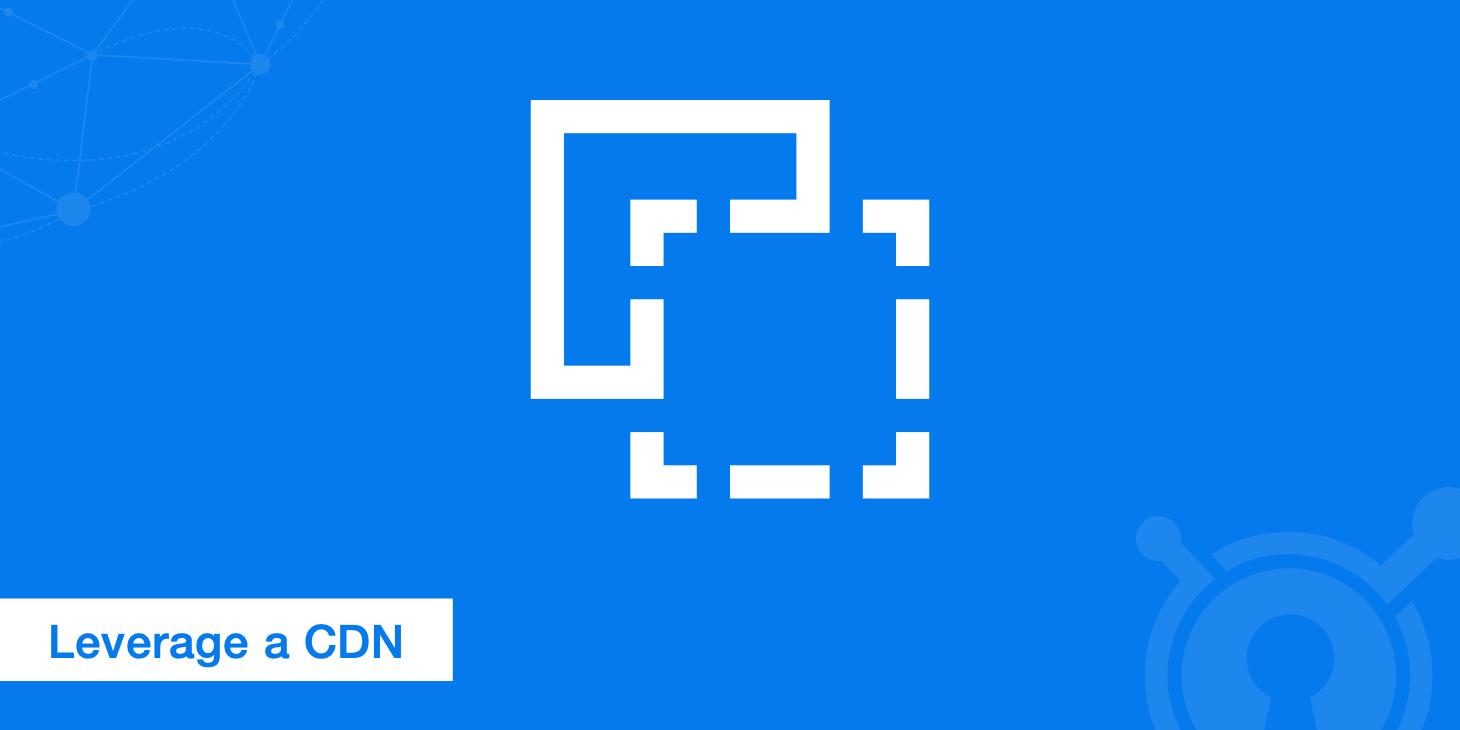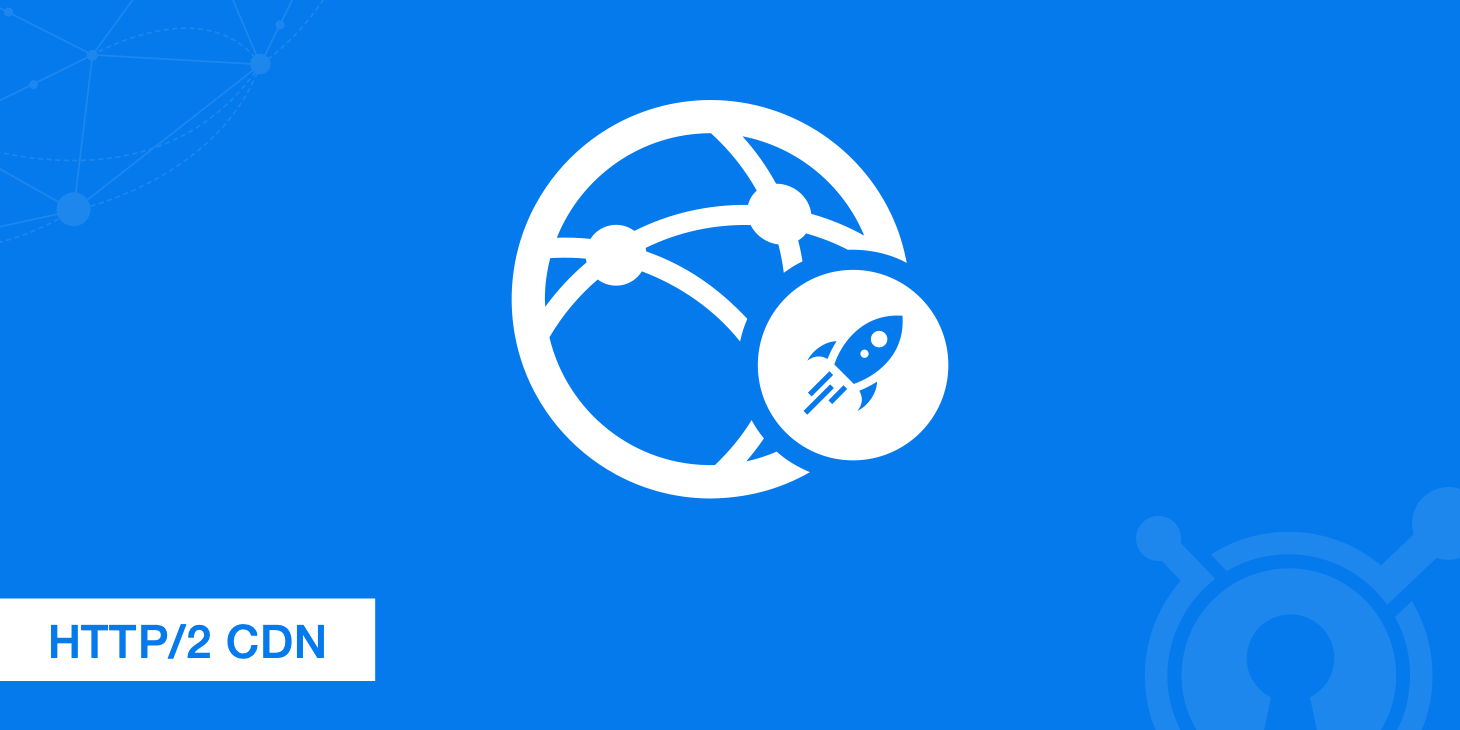
3 Simple Steps to Leverage CDN Caching
It is important to properly leverage the CDN caching mechanisms for best performance. This article provides you a best-practice guideline on how to set the Cache-Control header and how to handle cached assets. 1. Use the Cache-Control header In general we recommend to leave the default cache related settings of your Zone as they are, such as the Expire, Max Expire, and Ignore Cache Control settings. Setting Ignore Cache Control to disabled will enable the processing of Cache-Control response header fields from the origin server, such as Cache-Control and Expires.
May 11, 2015 Read more